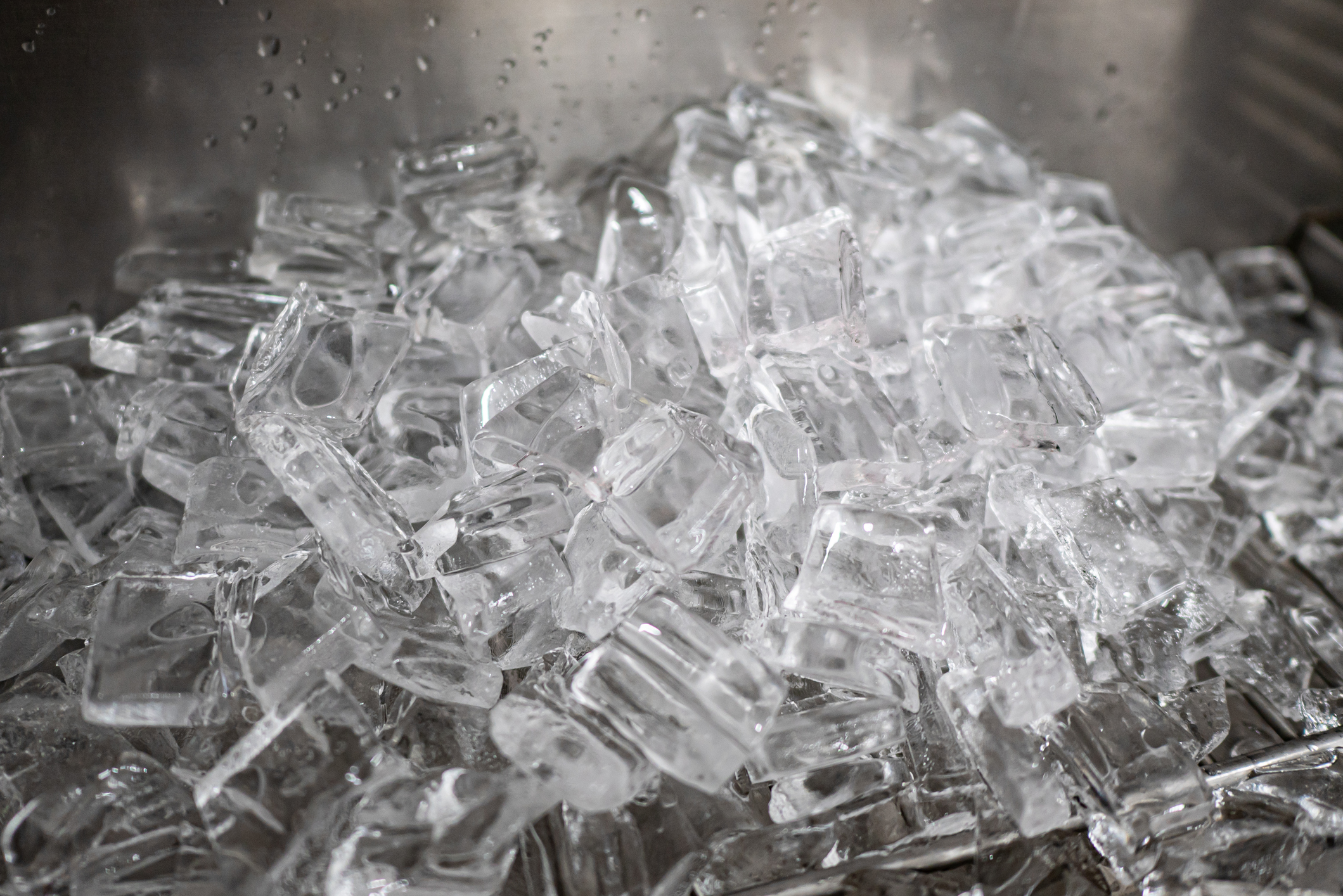Before refrigerators became commercially viable in the late-1800s and common household appliances have done so in the 1900s, the elites of societies past subscribed to “ice services.” In winter, workers gathered ice from lakes and rivers, crushed it into smaller pieces, before storing it in cool underground chambers until it was needed in summer – for cooling, for countering fevers, for keeping fish and dairy fresh, and for making ice-creams. This became a business that, at its peak, employed almost a hundred thousand people in the late 19th century in the U.S. alone.
Frozen water in a hot, humid summer was long a privilege of the ultra-rich only. Before the ice-delivery industry become well established (i.e., when city-dwelling customers could subscribe to daily or weekly ice deliveries), expensive mansions from England to Russia came with their own ice houses – often underground chambers close to lakes, supplied by winter ice from local rivers and ponds. And human civilizations around major mountain ranges, like the Andes or Himalaya, have long harvested ice from the never-ending glaciers above the tree line, sending sheets of ice downstream – as the Romans did in the millennia past.
That was the only way before refrigeration to freeze food or keep drinks chilled. The practice was arduous and difficult, the geographic coverage was limited, and much of the ice melted on its journey. In England in the 1700s and 1800s, large quantity of superior-quality ice was imported from Norway and put in underground ice houses – one of which was recently uncovered under Regent’s Park in London. The custom, wrote historian Daniel Boorstin half-a-century ago in his three-volume history of Americans, was “part of the luxurious equipment of the palace of the royal governors of Virginia.” In far-off New England, ice was about to revolutionize the experience of hot summers across the world.
The earliest venture to bring ice to the masses is associated with a stubborn man called Frederick Tudor. Brought up in a wealthy family in the late 1700s, the “King of Ice” may have been born with a silver spoon in his mouth. Alas, he almost squandered his family’s fortune before he finally saw his ice business pay off. Twice imprisoned and three times arrested for unpaid debts, his persistence in the face of constant failures is both admirable and an illustration of how innovation happens gradually – by tinkering entrepreneurs, trying and trying again.
Tudor’s idea should have been the perfect business plan: shipping abundant ice from New England, where it was mostly a nuisance, to thriving metropolises where it was incredibly useful. He believed, writes Gavin Weightman in The Frozen Water Trade, that he “could make money out of a commodity other New Englanders regarded as worthless.”
Tudor’s first journey in 1806 ended with nothing but losses. He had bought a ship of his own since no shipper would take his odd cargo (would the melting ice not damage the ship or its cargo?). Before having learned to properly insulate the ice during transit, Tudor arrived at his first destination, the French colony of Martinique, with nowhere to store the mostly melted cargo. Not exactly an instant success.
After his first dismal journeys to the West Indies, Havana and the southeast United States, he learned to set up well-insulated icehouses in these destinations before the ice arrived; that peat insulated the ice better than charcoal; that sawdust and blankets worked better still. Having for decades endured mockery for his business failures and shame for squandering his family’s wealth, he replaced the rocks that ships had previously used as ballast with standardized cuts of ice. Suddenly, the hold was filled with valuable commodity as the ice ships sailed from the Northeast to the South.
From the lakes across New England, and via hundreds of ice-storing facilities up and down the Hudson river and icehouses in ports across the Eastern Seaboard, millions of tons of ice were delivered to urban customers in the midst of hot summers. Women’s magazines, like the Philadelphia Godey’s Lady’s Book, in 1850 instructed that ice cream sorbet was a necessity of life and that parties lacking it was like breakfast with no bread. For the urban dwellers in Philadelphia, Charleston or New Orleans, ice supplies provided a much-needed respite from summer heat.
A whirl of innovations over the next few decades, made the ice business flourish. Tudor further improved his insulation and transportation techniques, and expanded his deliveries of New England ice as far away as India and Australia.
It was no wonder, then, that when mild winters struck in the 1880s and early 1900s, the dearth of ice became a major concern among the elite. The newspapers of the time pronounced the end of harvested ice, proclaiming an imminent ice famine, and the end of the comfortable living that the frozen liquid had brought. The uprooting of life as they knew it.
But the lack of harvestable ice was not what did in the ice industry. Electricity did that. First supplanted by mechanical ice-making plants and then by electric refrigerators, the ice shipping business gradually went out of business – by innovation, not a lack of commodities or climate change.
When faced with an ice “famine,” humanity solved the problem with innovation, knowledge and technology – not through rationing of use or efforts to preserve the ice stock. Comparisons to the supposed scarcity of commodities, or over-exploitation of common-pool resources like fish or rhinos abound. Human inventiveness solved ice famines and is likely to do so with regard to other (temporary) shortages in the future.

